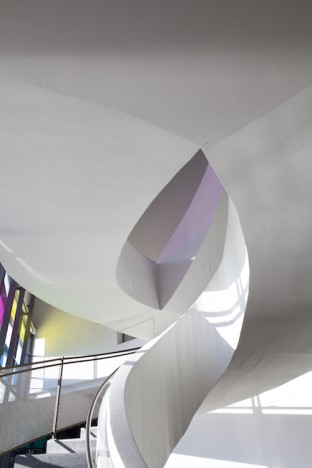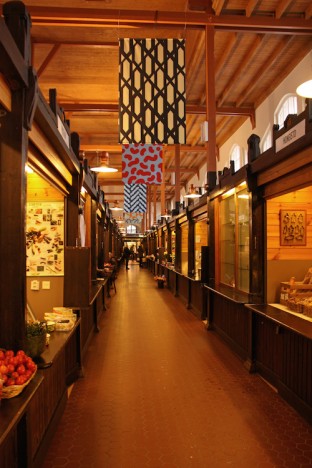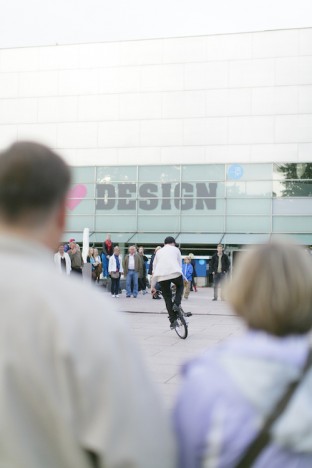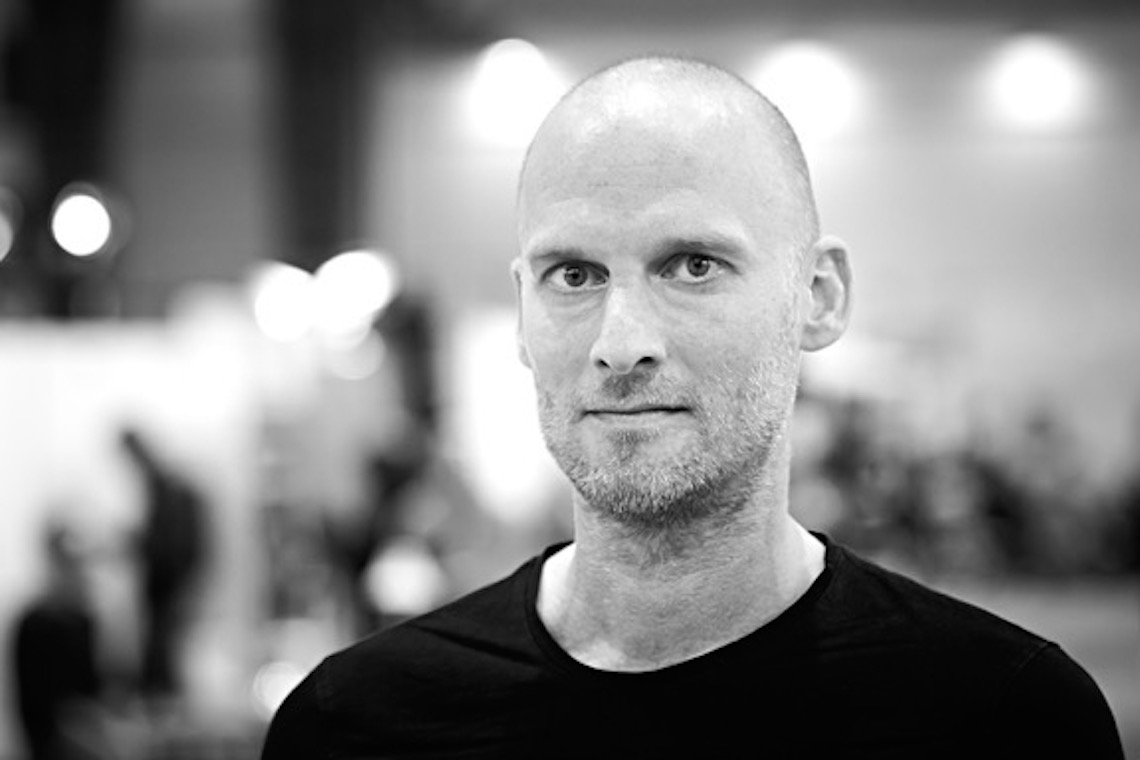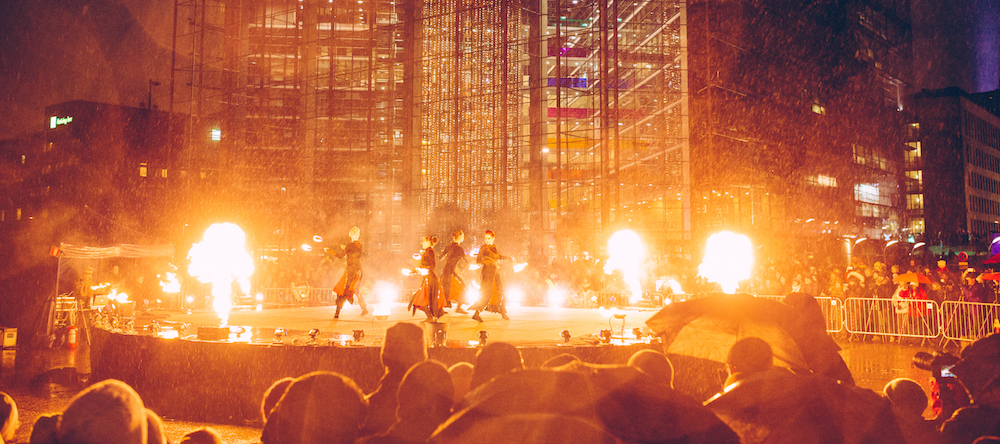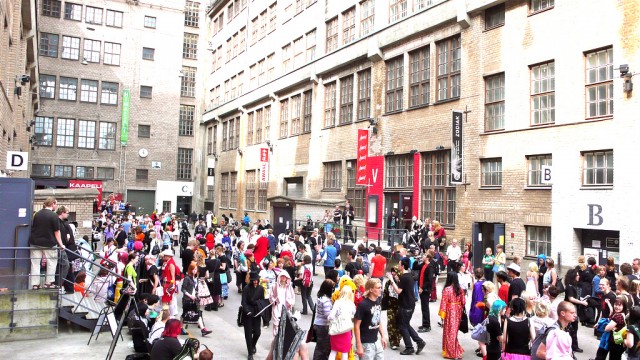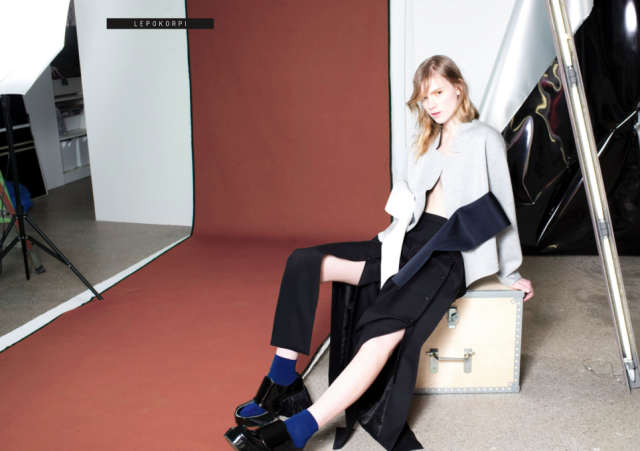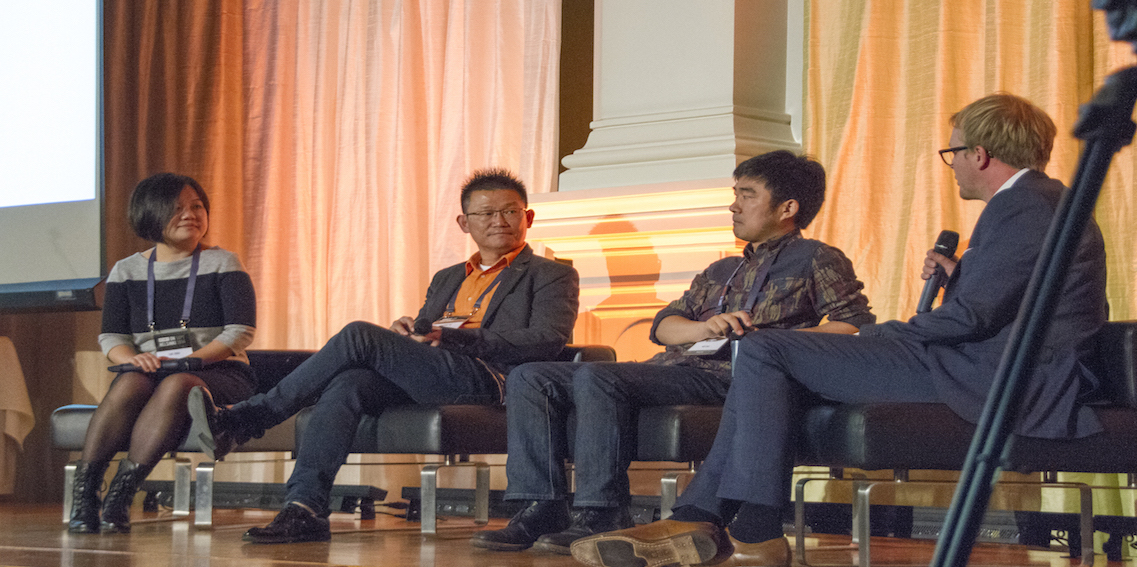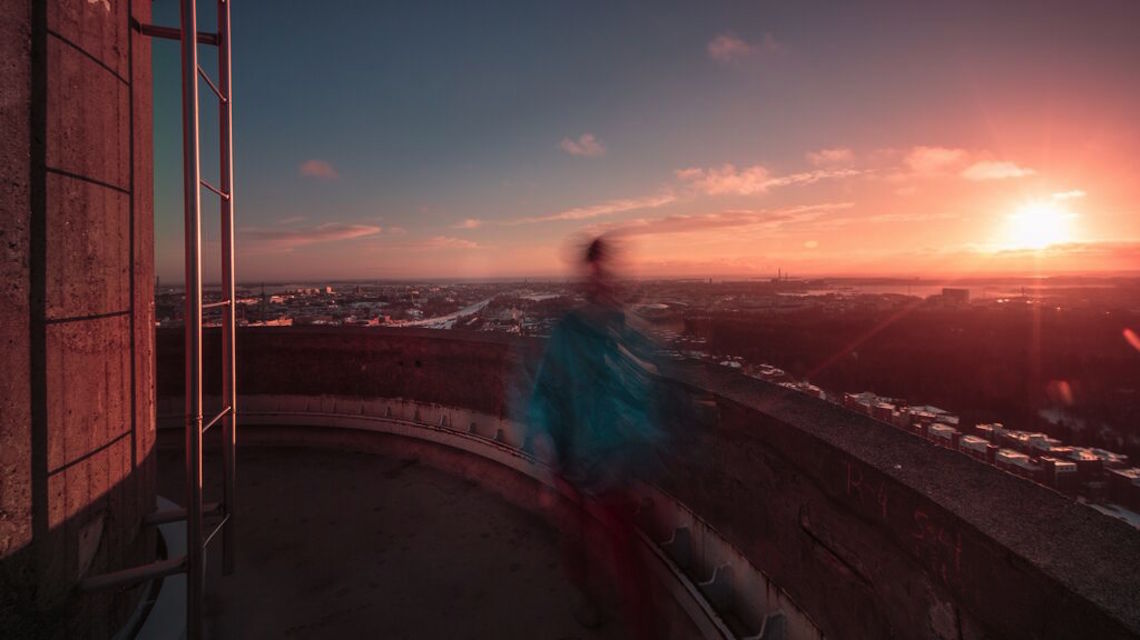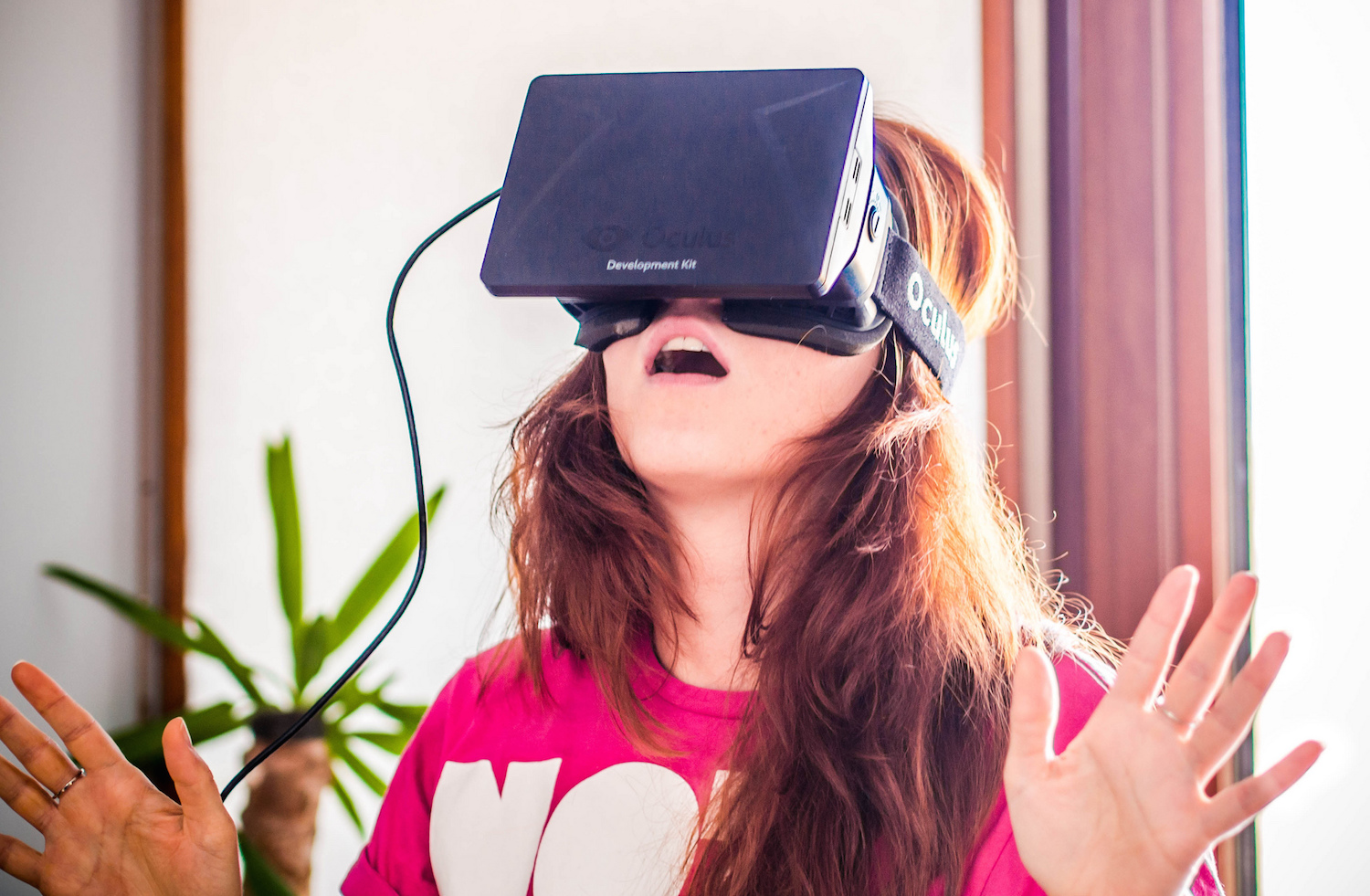
In Asia urbanization and the growing online population are driving the demand for culture and entertainment and generating new innovation. But what are the trends emerging in the market and affecting the creative economy? Folks, it’s time to put your EARS glasses on and take a look.
THE WORLD OF ENDORSEMENTS
In this jet age of modern marketing communication, people tend to ignore all commercials and advertisements while flipping through magazines and newspapers or viewing TV. Still the glamour of a celebrity seldom goes unnoticed. Celebrity endorsement is a way to partner up mixing different fields and products such as music and fashion to reach wider audiences.
EARS on Helsinki 2015 seeks answers to these questions on brand and celebrity endorsements: How do the partnership look like in Asia? How do pop stars utilize fashion? How do fashion brands spread their message through endorsements? How does it compare with the practices in the West?
VIRTUAL REALITY
Virtual reality technology is about to break into the consumer realm in the very near future. VR can be referred to as computer-simulated life, in other words, an environment that simulates physical presence in places in the real world and lets the user interact in that world. Virtual reality artificially creates sensory experiences, which can include sight, hearing, touch, smell, and taste. VR headsets are moving fast into the consumer market and present a new challenge but also opportunities for media, and the whole creative industry.
EARS on Helsinki 2015 seeks answers to these questions on virtual reality: What are the opportunities and challenges presented for media companies and creative industry professionals? What kind of content should be produced for virtual reality? What will be the popular use for VR?
MILLENIALS AS SOCIAL CONSUMERS
A different world, a different worldview. Millennials have grown up with rapid change, resulting in a different set of priorities and expectations owned by the previous generations. Especially the retail space has been reshaped by millennials’ affinity for technology. With on-the-go product information, peer reviews and price comparisons at their fingertips, Millennials turn to brands that offer just what they need at that exact moment. With drastic economic growth and impact of social media, the generation gap is even wider in Asia than in Europe.
EARS on Helsinki 2015 seeks answers to these questions on millenials: What are the generation of millenials interested in? Do the interests in Asia differ from the West? How does online content affect millenials’ consuming habits?
EARS on trends is an article series presenting the latest developments from Asia’s creative industries. A deeper dive into the trends will be taken at the next EARS event.



